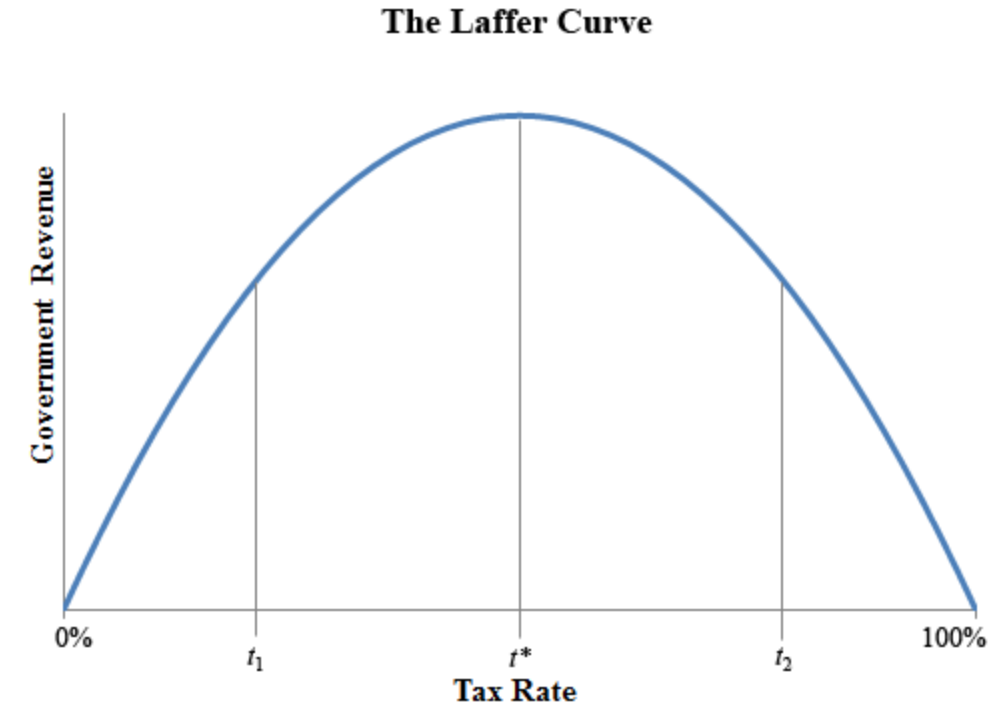Doug Irwin is one of my favorite economists, and David Beckworth’s recent interview of him is well worth listening to. Here are a few points that caught my attention:
1. Special interest groups create inertia, which makes it hard to liberalize trade. But Doug pointed out that this same inertia also makes it hard to reverse liberalization, as Trump is finding out.
2. There was an interesting echo of the Laffer curve debate back in the late 1800s. Government revenues were twice government spending, and the Federal government didn’t know what to do about the “problem”. (And note that this was during a period when there was no personal income tax, corporate income tax, or payroll tax—the three big taxes today.) The Dems wanted to reduce revenue by cutting tariffs. The GOP also wanted to reduce revenue, but used “Laffer curve” arguments in favor of raising tariff rates as a way of reducing revenue. Who knew that the GOP liked Laffer curve arguments back in the 1800s?
3. In many cases, the trade policy was driven by purely political considerations, not special interest groups.
4. They also discussed the 1937 recession. Doug pointed to the policy of gold sterilization by the Treasury, which increased global demand for gold, reducing the price level in gold terms. (The dollar was fixed to gold at $35/oz. at the time.) I do think that’s an underrated factor. Here are some factors that I’d point to, in order of importance:
a. The switch from massive private sector gold dishoarding in late 1936 and early 1937 to massive gold hoarding in late 1937 and early 1938.
b. Gold sterilization in the US.
c. The Fed raising reserve requirements.
d. A 1% increase in the employer-side payroll tax (a supply shock)
e. Punitive anti-business policies by FDR.
f. Fiscal austerity (reducing AD)


READER COMMENTS
Mark
Nov 8 2017 at 6:37pm
Is there any data on who was right? That is, did the tariff rate ultimately go up or down, and how did it affect revenue? My google image search of graphs yielded ambiguous results.
Doug Irwin
Nov 8 2017 at 7:28pm
Scott – thanks for the post.
Mark – evidence here:
http://www.dartmouth.edu/~dirwin/docs/revenue-jeh.pdf
Alec Fahrin
Nov 8 2017 at 8:29pm
Can we turn this same logic onto the current tax reform debate? That is, if you can call it a debate.
According to Bloomberg today multiple senators indicated that their version of the tax bill would:
Keep MID at the current million level.
Keep the 7 tax brackets.
Keep the education deductions and 10% medical treatment deduction.
Keep the adoption deduction.
The House made some similar changes, though not as extensive as the Senate. The JCT stated that would raise the deficit over the $1.5 trillion barrier and force the Senate to make some of the cuts temporary.
The question here is if the overall US tax rate is too far right or too far left on the Laffer Curve. Or is that just for certain categories (like the 52% income tax in California)? I read that the IMF recommends an average top bracket tax rate of 42%.
So will this tax policy, like trade policy in the late 1800s, be driven by purely political considerations?
Jon Murphy
Nov 8 2017 at 11:00pm
Wow. I think I need to listen to this interview. Thanks for pointing it out!
Scott Sumner
Nov 9 2017 at 12:02pm
Alec, You need to look at the Laffer curve issue on a case by case basis. Most taxes are probably not yet at the peak, but a few may be past the peak.
Manfred
Nov 9 2017 at 3:55pm
Harald Uhlig and Matthias Trabandt have a paper on the empirics of the Laffer Curve in the US:
http://www.nber.org/papers/w15343
How Far Are We From The Slippery Slope? The Laffer Curve Revisited
Mathias Trabandt, Harald Uhlig
NBER Working Paper No. 15343
Issued in September 2009, Revised in December 2011
NBER Program(s): EFG PE
Not sure if they published it.
Andrew_FL
Nov 11 2017 at 1:57pm
This rather extraordinary claim cries out for citation.
Comments are closed.